1971-79 Holden HQ-HZ Premier: Buying used
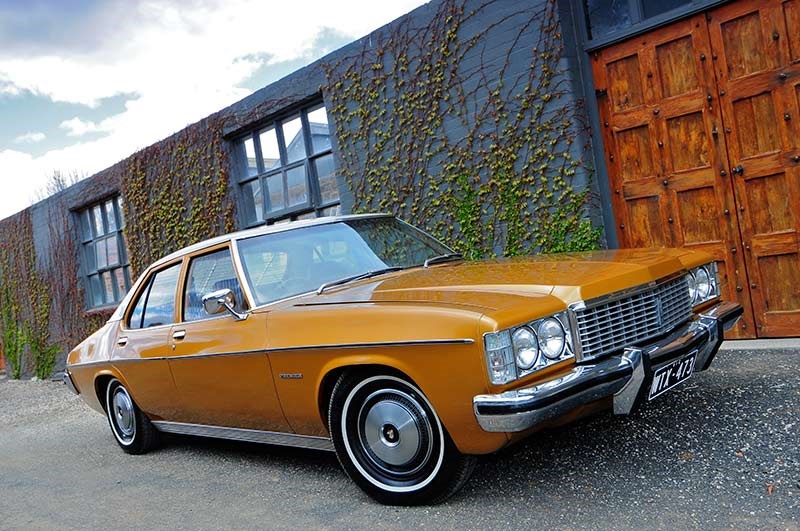 Buying used: 1971-79 Holden HQ-HZ Premier
Buying used: 1971-79 Holden HQ-HZ Premier

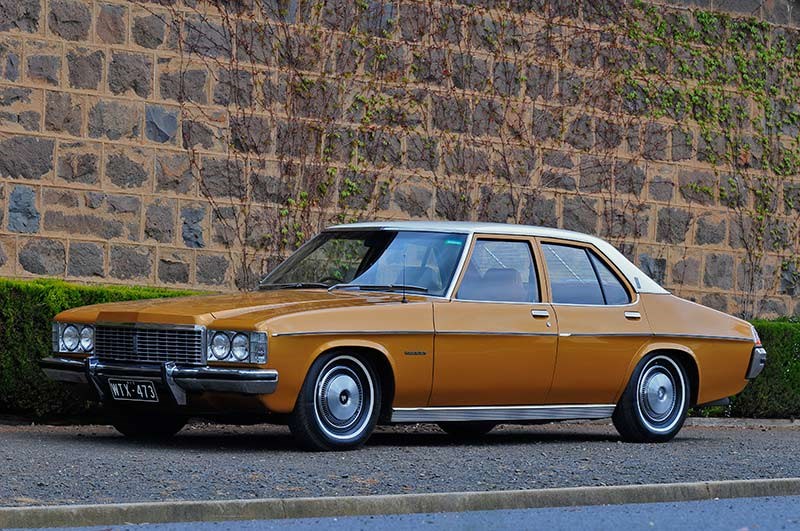 Buying used: 1971-79 Holden HQ-HZ Premier
Buying used: 1971-79 Holden HQ-HZ Premier

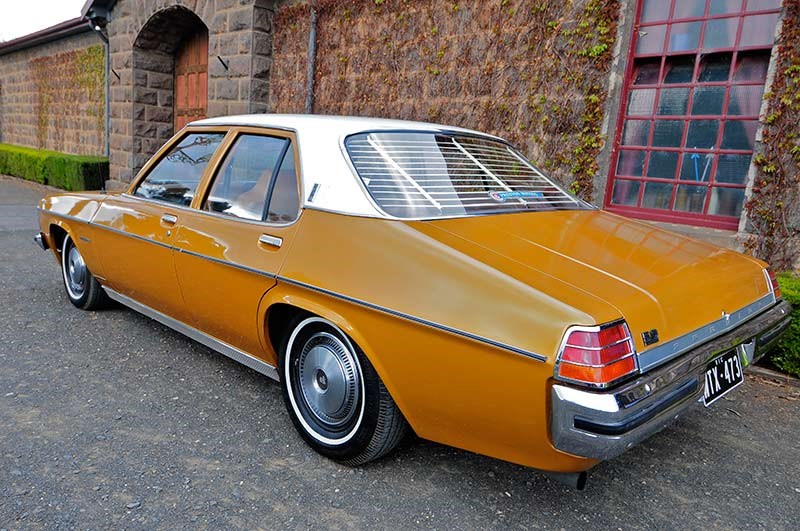 Buying used: 1971-79 Holden HQ-HZ Premier
Buying used: 1971-79 Holden HQ-HZ Premier

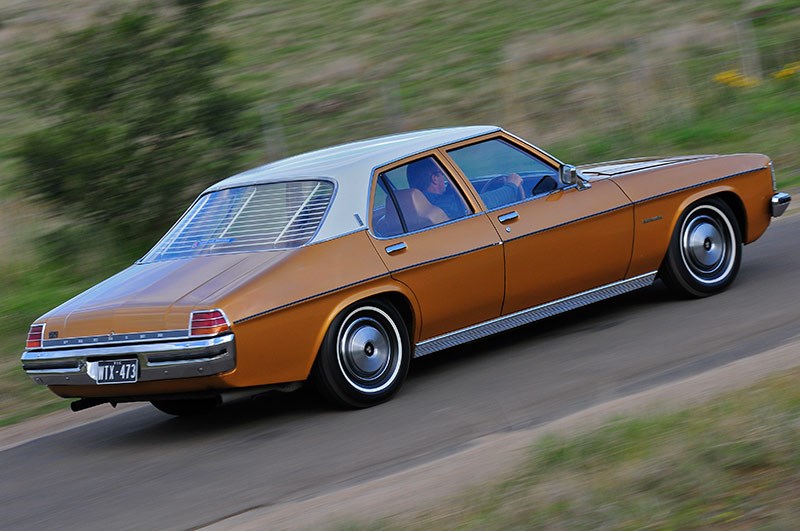 Buying used: 1971-79 Holden HQ-HZ Premier
Buying used: 1971-79 Holden HQ-HZ Premier

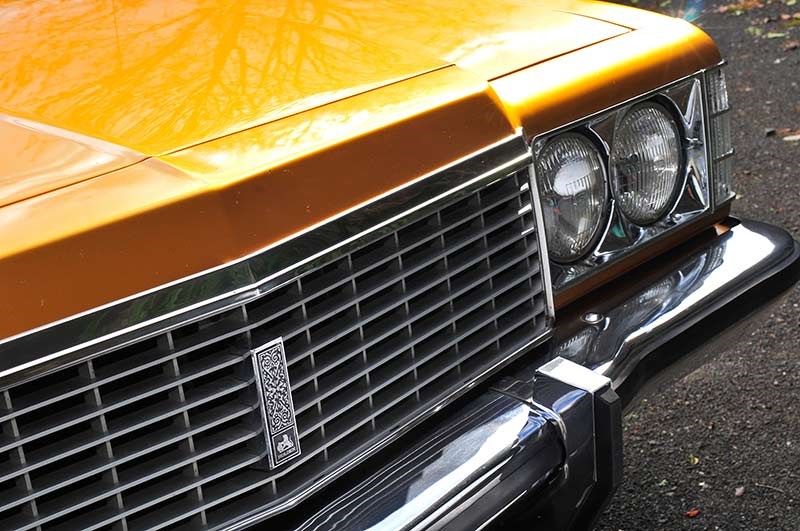 Buying used: 1971-79 Holden HQ-HZ Premier
Buying used: 1971-79 Holden HQ-HZ Premier

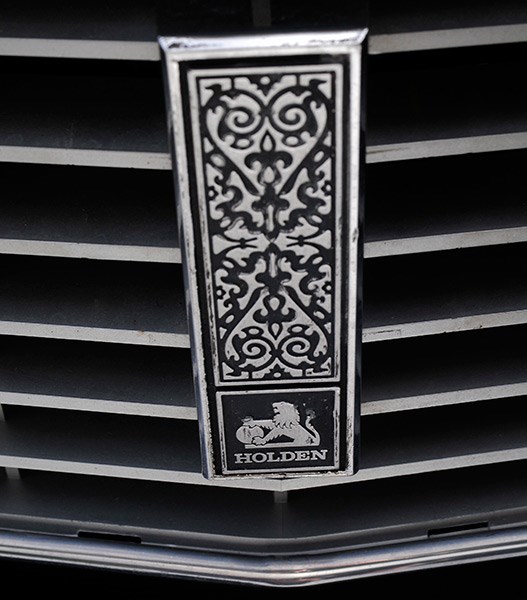 Buying used: 1971-79 Holden HQ-HZ Premier
Buying used: 1971-79 Holden HQ-HZ Premier

 Buying used: 1971-79 Holden HQ-HZ Premier
Buying used: 1971-79 Holden HQ-HZ Premier

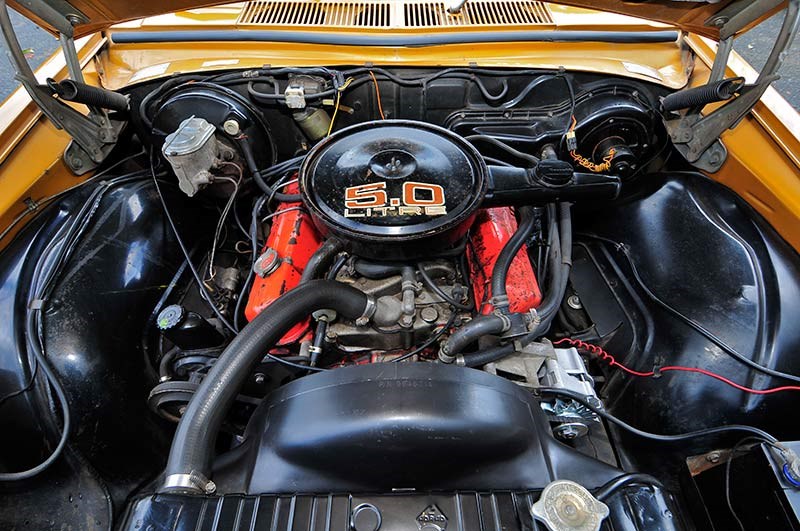 Buying used: 1971-79 Holden HQ-HZ Premier
Buying used: 1971-79 Holden HQ-HZ Premier

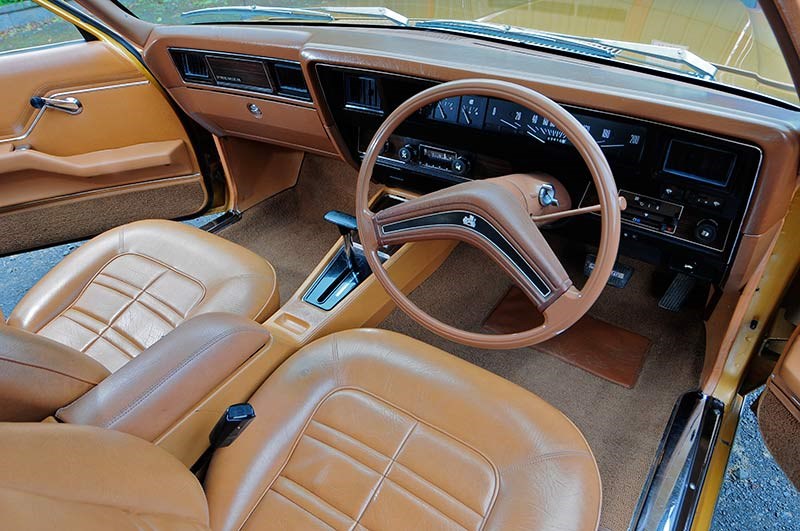 Buying used: 1971-79 Holden HQ-HZ Premier
Buying used: 1971-79 Holden HQ-HZ Premier


|
|
Buying used: 1971-79 Holden HQ-HZ Premier
|

|
|
Buying used: 1971-79 Holden HQ-HZ Premier
|

|
|
Buying used: 1971-79 Holden HQ-HZ Premier
|

|
|
Buying used: 1971-79 Holden HQ-HZ Premier
|

|
|
Buying used: 1971-79 Holden HQ-HZ Premier
|

|
|
Buying used: 1971-79 Holden HQ-HZ Premier
|

|
|
Buying used: 1971-79 Holden HQ-HZ Premier
|

|
|
Buying used: 1971-79 Holden HQ-HZ Premier
|

|
|
Buying used: 1971-79 Holden HQ-HZ Premier
|
Advice on buying a used 1971-79 Holden HQ-HZ Premier...

|
|
Buying used: 1971-79 Holden HQ-HZ Premier
|
1971-79 Holden HQ-HZ Premier
Holden sold almost a million HQ-HZ Holdens, and the premier version of this bona-fide Aussie classic is still sought after...
WHAT IS IT?
The HQ Holden range released in July 1971 and the derivative HJ-HX-HZ models were a real success story for GMH – they went on to achieve 926,676 sales in under nine years.
Premier versions were distinguished by quadruple headlamps, mounted alongside increasingly grandiose grilles, stainless-steel sill capping below the doors and white-wall tyres. The base engine was a 101kW 3.3-litre six, with 4.2- or 5.0-litre V8s optional. A three-speed, all-synchro manual transmission was standard on early six-cylinder cars – V8s were automatic with four-speed manual optional.
The HQ was replaced in October 1974 by a restyled HJ range. A new nose cone incorporated a wider grille and new headlamp-surrounds with wraparound indicator lenses. At the rear the bumper-mounted indicators and taillights were combined, New all-foam front seats with integral headrests improved occupant comfort.
The 1976 HX model came with minor styling tweaks combined with intrusive emission-control measures to meet ADR27 (post October 1973) and the more stringent 27A requirements. Holden’s 3.3-litre engine lost 11kW and consumed 10 percent more fuel in the process. The smaller more economical 2.85-litre engine was dropped. While V8s also suffered performance losses more Premier buyers than ever opted for them. The 4.2-litre version was down 18kW on pre-emission versions, while the 5.0-litre lost15kW.
Holden’s dogged reliance on inbuilt understeer as a ‘safety’ feature was left behind with the HZ model’s release in July 1977. Revised suspension geometry, radial ply tyres, and anti-roll-bars front and rear, marketed as Radial Tuned Suspension (RTS), were a handling game-changer. Rear disc brakes became optional across the Kingswood and Premier ranges. Visual changes to the Premiers included yet another new grille, new hubcaps and badges on the grille and mudguards.
ON THE ROAD
Front buckets, providing they haven’t collapsed, give a better standard of comfort than the fairly basic bench seats. From the HJ onwards they also had adjustable backrests and legroom is good. The new, for HQ-HZ, coil-sprung rear end requires modifications to cope with heavy towing.
In everyday running the V8s will use more fuel than a 3.3-litre but when the car is loaded and cruising at a reasonable pace, the difference in consumption is negligible. Tested in 1976, a 4.2-litre car with full emission equipment averaged 16.4L/100km.
Few people today will experience the ordinary handling of an HQ-HX Holden on original-equipment springs and rubber. Virtually every surviving car will be running on radial tyres and improved shock absorbers.
An HZ with RTS will deliver improved steering response and higher cornering limits at the cost of a little ride comfort.
Modified Premiers are today more the norm than the exception with the original V8s often enhanced to deliver extra performance. Spare parts, including new replacement body panels, are reasonably easy to locate, so keeping an HQ-HZ running well into the future won’t present major problems.
BUYING TIPS
Surprisingly, good six-cylinder cars can be difficult to track down, with the vast majority for sale being 4.2-litre V8s plus a smattering of 5.0-litre examples.
Worn and/or non-original cars begin below $5000 but anything worthwhile will be priced at $10,000 or more.
The mantra ‘you can buy Holden parts anywhere’ no longer applies to older models. Choosing a Premier that is missing items specific to the model can lead to long and frustrating searches for replacement parts, as the owner of our featured HJ model, Anton Garling, explained, "I thought I had hunted down a brand-new stainless boot embellisher but on inspection I found it was for a station wagon.
"My car also needs a new cover for the centre console, which I can get in a range of colours but not the woodgrain type I need."
CHECKLIST
Rust has killed plenty of older Holdens so careful inspection is required to avoid big repair costs. Check window surrounds for bubbling or poor repairs. A vinyl roof can conceal rot so look for any discoloured patches or brown staining around seams. Check carefully for filler in wheel-arches, sills, door bottoms, boot floor and lid, and wagon tailgate. Premier-specific chromed and stainless parts are hard to source. Make sure all the flip-out door handles work.
The post-October 1973 ‘emission’-engines can be prone to difficult starting and rough idling. HJ owner Anton recommends electronic ignition as a remedy. Oil leaks from the rear main bearing seal, cylinder heads and rocker covers are annoying rather than dire.
While everything in the running gear of a 1970s Premier can be fixed, power steering repairs could cost you $500, so look for leaks and check that the wheel spins from lock to lock without binding. Sagging front springs are common as is rust around rear suspension mounting points. Replacement brake rotors cost $60-200 and exchange master cylinders cost $250.
Worn and torn seat trim and dash deterioration can be costly to rectify. Replacements for peeling mock-timber dash panels need to be found second-hand. Allow up to $1500 to re-commission non-functioning air conditioning or a system requiring conversion to R134a refrigerant.
SPECIFICATIONS
1971-79 Holden HQ-HZ Premier
Body: 4-door unit-construction sedan and wagon
Engine: 3298cc OHV single carburettor inline-6, 4142cc/5044cc OHV single carburettor V8
Gearbox: 3- or 4-speed manual, 3-speed automatic
Suspension: Independent with wishbones, coils, telescopic dampers and anti-roll bar (f); 4-link live axle with coils springs, telescopic dampers and anti-roll bar (r)
Brakes: disc/drum (rear discs optional on HZ), power-assisted
Price: $2000-$25,000
*****
More reviews:
> Full buyer's guide: Holden HQ-HZ Premier
Search used:
>> Search Holden cars for sale
Unique Cars magazine Value Guides
Sell your car for free right here
Get your monthly fix of news, reviews and stories on the greatest cars and minds in the automotive world.
Subscribe

.jpg)









.jpg)

